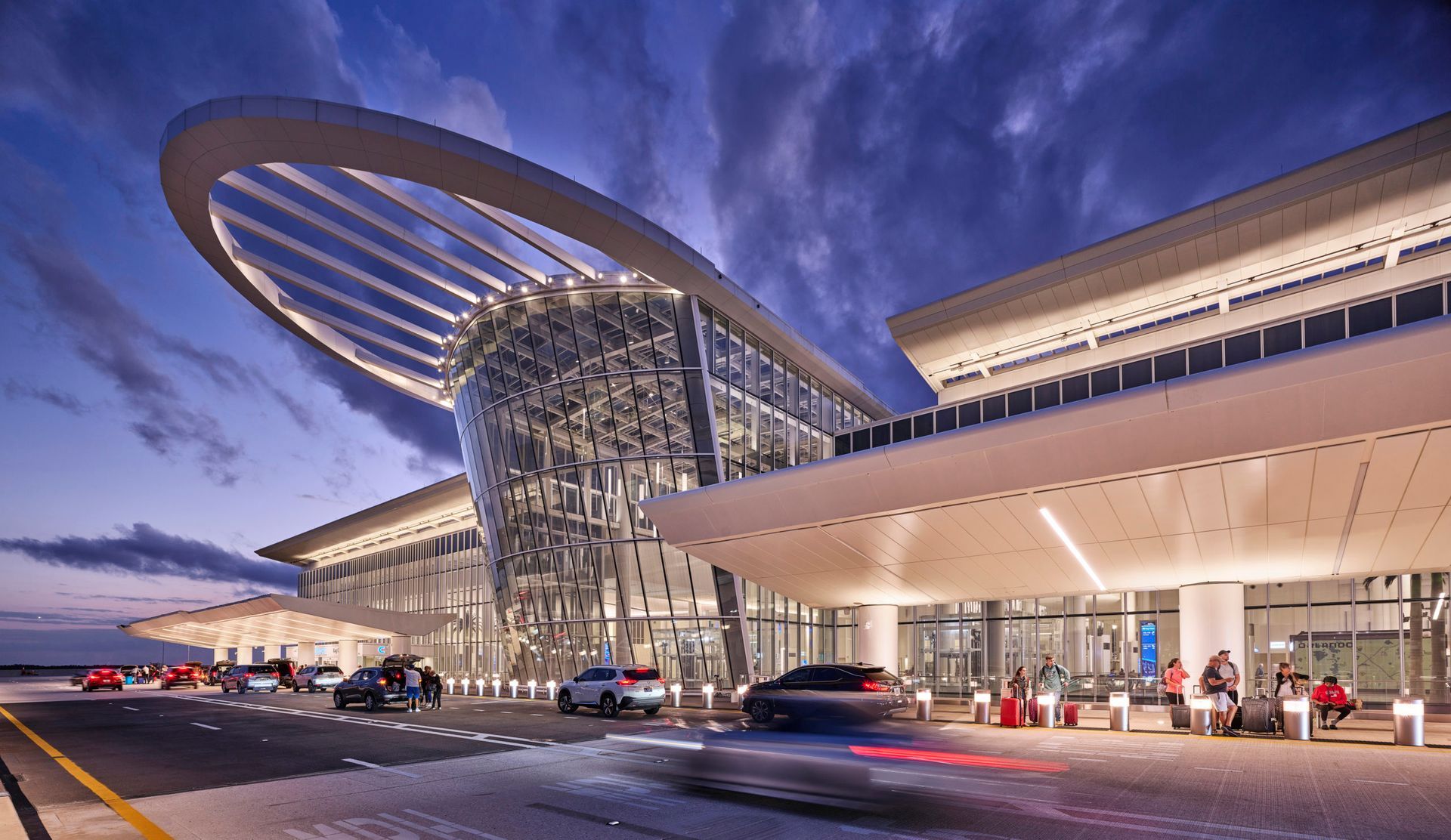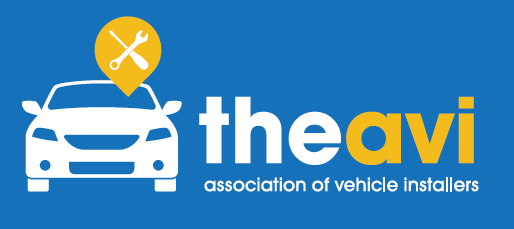How Does an In-Vehicle Camera System Work?
In-vehicle camera systems are becoming more and more popular in today's world. The in-vehicle camera is a video recorder that records while the vehicle is in motion. It is also called a dashcam. It typically attaches to your windshield via a suction cup or clips onto your dashboard with an adhesive mount so it can record what happens on the road ahead of you continuously. Dashcams use a loop recording system, so when the memory card fills up from all of the driving footage, it automatically starts overwriting old videos to make room for new ones, which means there's never any worry about running out of space.
These devices are not only beneficial for catching lawbreakers but can also provide valuable information about road accidents. The camera captures footage that can be used as evidence to file an insurance claim or lawsuit against another driver. It is wise to invest in this technology now before you need it later.
How an in-vehicle camera system works
- Dash cams are an essential part of any driver's arsenal for catching unexpected events on video. These devices detect an anomaly and raise a warning of an event while recording high-definition footage.
Dashcams can record footage when an impact or motion is detected but also store these files away in separate folders so that you can easily locate them and label these events accordingly.
The real advantage of the G sensor in the dashcam is that it enables drivers to automatically save important footage without their intervention. - In-vehicle cameras do not record video feeds. They provide a continuous display transmitted to a monitor. In-vehicle cameras that record video files to storage media—a flash drive or internal SD card—have limited memory space, so when it reaches capacity, it may begin to overwrite your existing footage.
To save these files, the user has to download them to another device. - When installed in commercial vehicles, in-vehicle cameras provide a wealth of information to fleet managers and owners, such as providing information on driver behavior, and visual analysis of the footage enables them to recognize which drivers need additional training.
Fleet managers use this information for improving safety as well as reducing expenses.
The more advanced in-vehicle cameras systems offer several features to improve driving safety, including artificial intelligence that learns about drivers and the road. These AI-triggered events can include red light violations or driver fatigue.
In-vehicle cameras are a great way to protect against fraudulent insurance claims or civil litigation, as the footage can help settle disputes more quickly and definitively than other types of evidence.
An in-vehicle camera system is a great way to protect people, assets, and the environment by making driving safer with
SmartFits.
We offer cameras, vehicle tracking, parking assistance, and driver behavior tools to commercial vehicles and fleets across the UK.
Our primary focus is on the safety of drivers and their vehicles.
We are happy to help you find your perfect dashcam solution for your car. If you are interested in learning more about the many ways we can help make your driving safer,
check out our website for a detailed overview of all our products and services.











